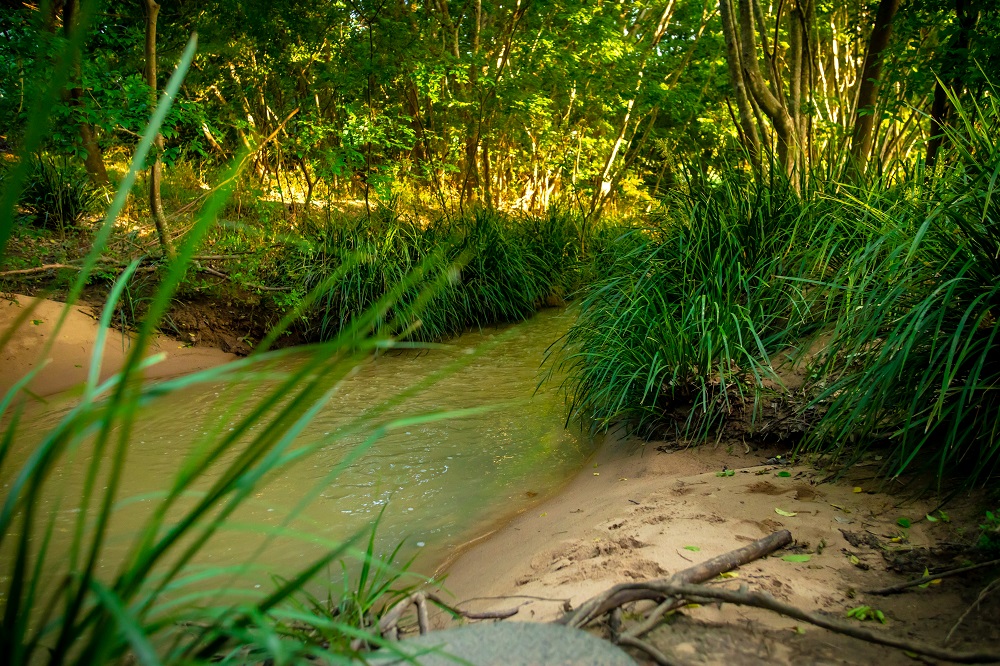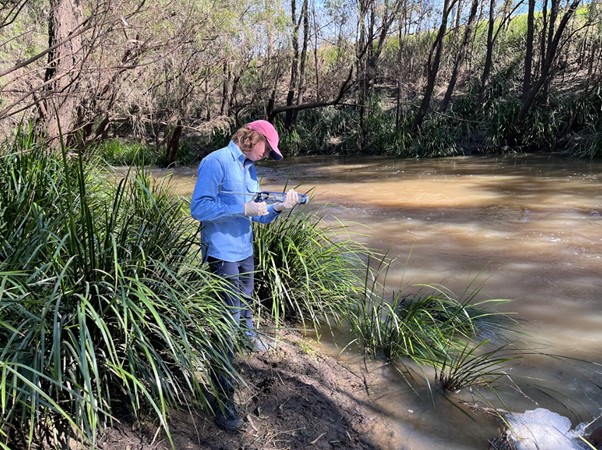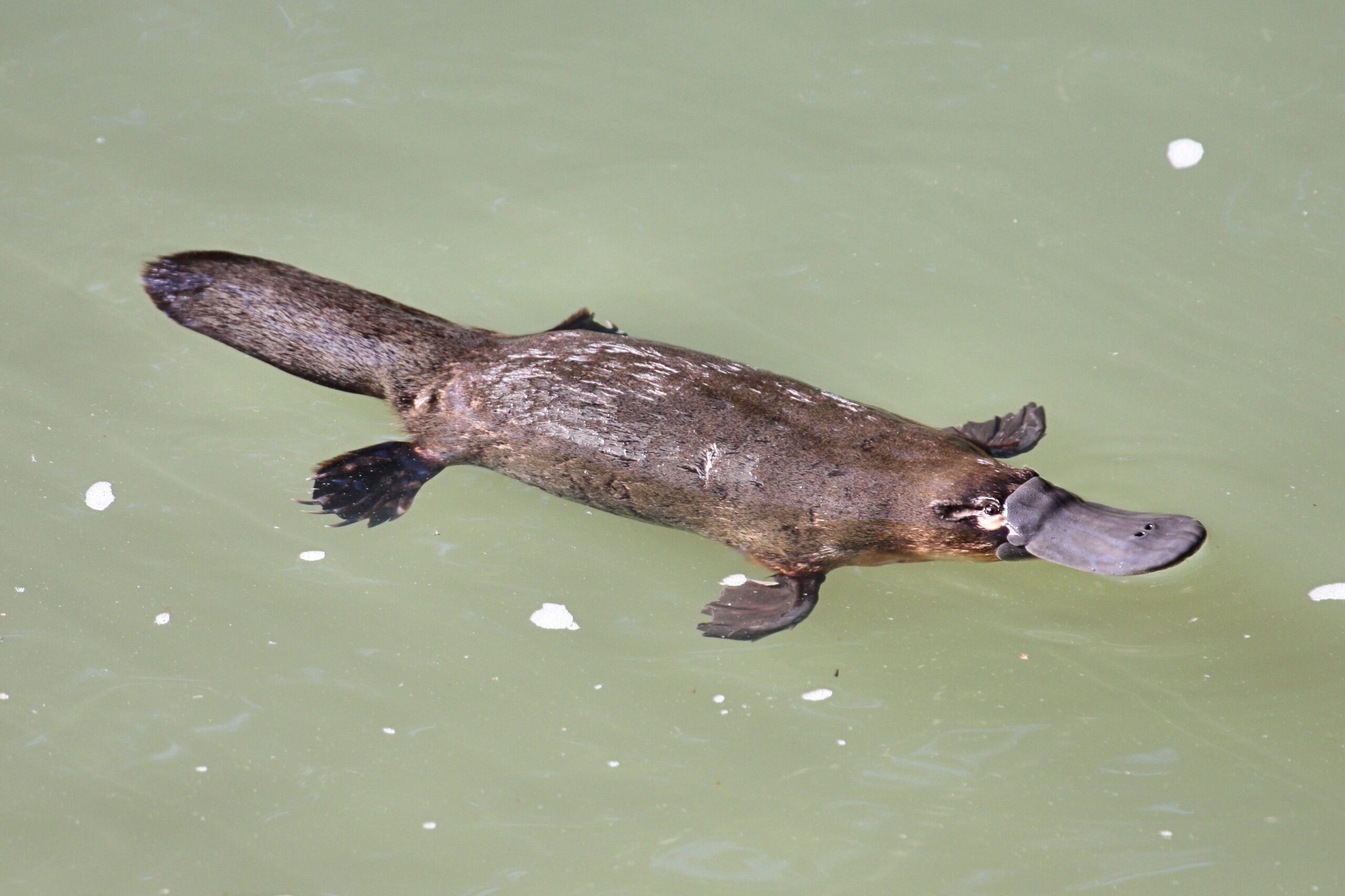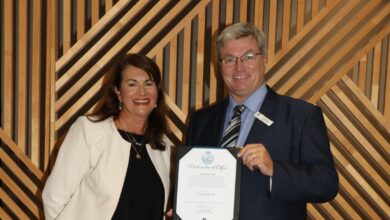Here, Dr Tamielle Brunt from Wildlife Preservation Society of Queensland gives an insight to this elusive species living in Ipswich creeks.
The platypus is an iconic species that inhabits creeks and rivers from Tasmania to Cooktown. Once so common they were hunted for their thick, water-repellent pelts, platypus are now listed as Near Threatened on the IUCN Red List.
Not only do platypus numbers appear to be in decline, but the national range has contracted as much as 30 per cent in the past 30 years.
The Ipswich region is lucky to have platypus populations in Sandy Creek, Woogaroo-Opossum creeks and Six Mile Creek catchments. Platypus have adapted to urban landscapes, however this subjects them to many human disturbances such as land clearing and water pollution.

Woogaroo Creek in Ipswich’s eastern suburbs is known platypus habitat
It is important to minimise these impacts by maintaining native vegetation along waterways, cleaning up rubbish, stopping chemicals flowing into the systems and reducing water consumption from irrigation.
For eight years Wildlife Queensland and Ipswich City Council have been monitoring this elusive species using environmental DNA (eDNA) to understand their distribution in the region. Restoration projects by council and local Bushcare groups have been vital in supporting revegetation along waterways to minimise impacts of erosion and sedimentation that cause issues for burrowing sites and food resources.

University of Southern Queensland student Zach taking an eDNA sample in Warrill Creek.
Conserving platypus populations and their habitats is crucial for maintaining the health of waterways. Efforts to protect water quality, preserve natural habitats, and reduce human impacts on waterways will benefit not only platypuses but the entire freshwater ecosystem.
They are the ultimate freshwater flagship species!
10 things you can do to help keep platypuses happy
- Reduce your water consumption
- Clean up rubbish around waterways
- Cut circular rubbish such as rubber bands and hair ties
- Replant native vegetation along banks
- Leave logs and branches in waterways
- Fence off livestock from waterways
- Clean out aquatic weeds
- Properly discard unwanted fishing line and hooks
- Use wildlife friendly yabby nets
- Control dogs around waterways especially at dawn and dusk.
How to spot a platypus
In Queensland breeding season starts around July. Platypus are nocturnal, so the best time for spotting one is normally dusk or dawn.
Despite the platypus’ odd appearance with bill, webbed feet and thick tail that stores fat, it can often be confused with other species – even aquatic birds – especially when seen from a distance or in poor lighting.
Platypus are smaller than you might think. Males average 50cm long and weigh about 1.5kg, females are about 40cm long and weigh about 1kg.
Watch for:
- concentric circles or ripples when platypuses dive and feed.
- a trail of bubbles that reveals platypus movement underwater
- an obvious ‘bow-wave’ when platypuses are swimming on the surface.
If you do see a platypus, record your sighting on the Atlas of Living Australia database.


